
Children's Apparel Testing Laboratory
Children, as a vulnerable group lacking full self-protection capabilities, require special considerations in the design and production of their daily use items. Beyond general safety factors, children's apparel must consider their unique behavioral and psychological traits. In recent years, global focus on the safety of children’s clothing has intensified, with numerous regulations introduced to safeguard children's health and development.
Children's Apparel Testing Standards:
- BS 7907: British standard for children’s clothing safety, ensuring buttons and attachments do not detach under forces below 70N.
- EN 14682: Prohibits cords on pockets from forming loops larger than 75mm in diameter; external cords should not exceed 23mm.
- EN 71-2: Limits fabric flame spread to no more than 30mm/s.
- Directive 2002/61/EC: Restricts harmful azo dyes in member countries.
- Directive 2005/84/EC: Limits DEHP (Diethylhexyl phthalate) content to below 0.1%.
Standards by Region:
United States
- 16 CFR Part 1500: Chemical safety (lead, phthalates).
- 16 CFR Part 1610: Flammability testing.
- ASTM F963: Physical and mechanical testing for children’s products under 3 years.
- ASTM D1230: Flammability resistance.
- 16 CFR Part 1615/1616: Flammability for children’s sleepwear.
- Toxicity testing: Lead and phthalates.
European Union
- REACH Regulation: Limits harmful chemicals (azo dyes, nickel, lead, phthalates).
- EN 71-3: Heavy metal content testing.
- EN 14878: Flammability for children’s sleepwear.
- EN 14682: Safety of cords and drawstrings.
- Mechanical safety testing: Durability of small parts.
United Kingdom
- BS EN 14878: Flammability for children’s sleepwear.
- BS EN 14682: Safety of cords and drawstrings.
- BS 7907: Small parts safety (fasteners, accessories).
- UK REACH: Limits harmful substances.
Japan
- JIS L 1091: Flammability performance.
- JIS L 1930: Dimensional stability.
- Ministry of Health, Labour and Welfare limits: Lead, nickel, formaldehyde.
- Physical testing: Small parts durability.
China
- GB 31701-2015: Safety technical specification for infant and children's textile products.
- GB 18401-2010: Basic safety of textiles (formaldehyde, pH value, odor, harmful substances).
- GB/T 3920: Abrasion, wash, and color fastness.
- Physical performance: Small parts durability, sewing quality.
Canada: CCPSA (Small parts safety, chemical substance limits).
Australia/New Zealand: AS/NZS 1249 (Children’s sleepwear flammability, cord safety).
Key Controlled Substances:
- Heavy metals (lead, nickel): Excessive lead in printed resin patterns or coatings, and nickel in metal accessories (buttons, zippers, rivets). Accumulated in the liver, bones, kidneys, heart, and brain, heavy metals cause severe, irreversible health damage.
- DEHP content: Excessive DEHP in polyethylene materials, like plastic bibs, reflective strips, or festive accessories, may lead to infertility or fetal harm.
- Prohibited azo dyes: These release carcinogenic aromatic amines under certain conditions, potentially altering DNA and triggering cancer.
- Formaldehyde: Common in textile finishing, formaldehyde is carcinogenic and teratogenic. Excessive exposure causes severe mucosal and respiratory inflammation, leading to dermatitis.
- Other Harmful Substances: Certain children’s clothing with decorative compasses filled with alkane-based mineral oils can cause chemical pneumonia upon inhalation.
JJR Laboratory in China offers a full range of testing services for textiles, footwear, and bags, with a complete certification profile, enabling a 30% reduction in certification testing fees.
Email:hello@jjrlab.com
Write your message here and send it to us
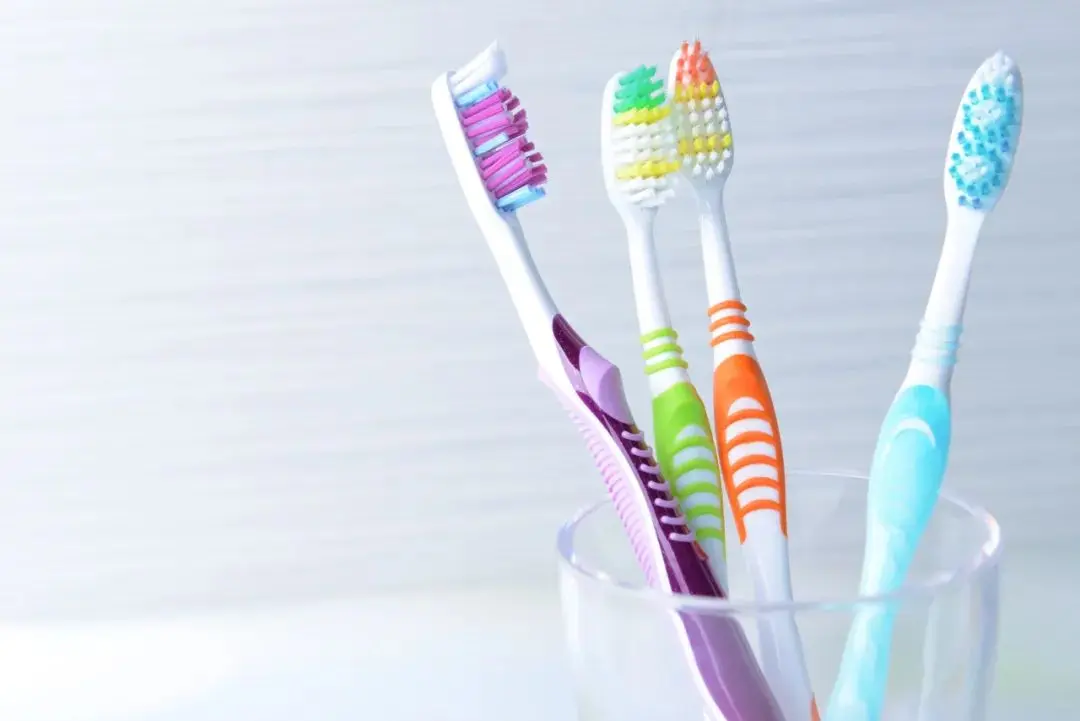 Toothbrush FDA Certification Testing
Toothbrush FDA Certification Testing
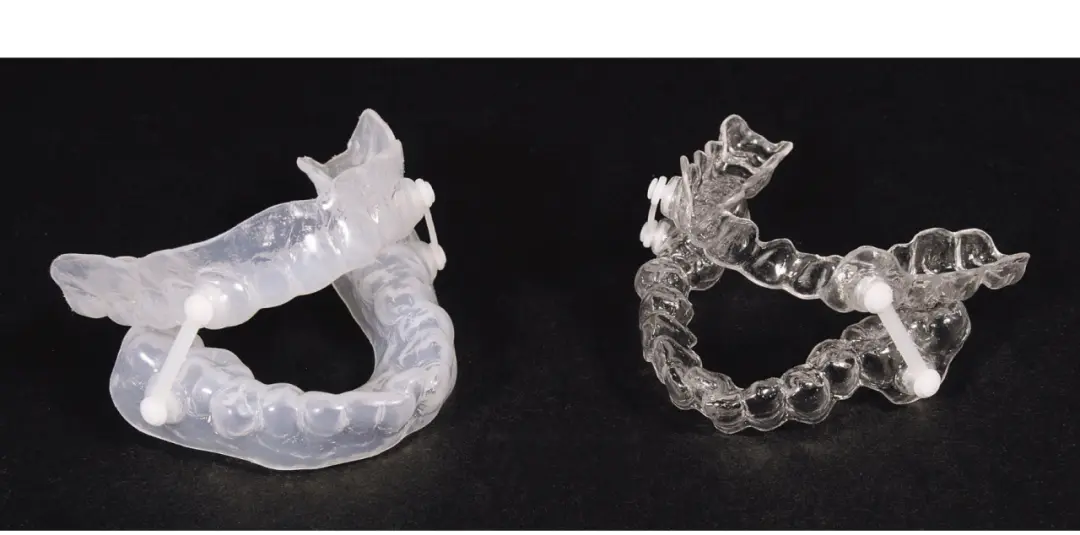 Snoring Device FDA 510k Standard Testing
Snoring Device FDA 510k Standard Testing
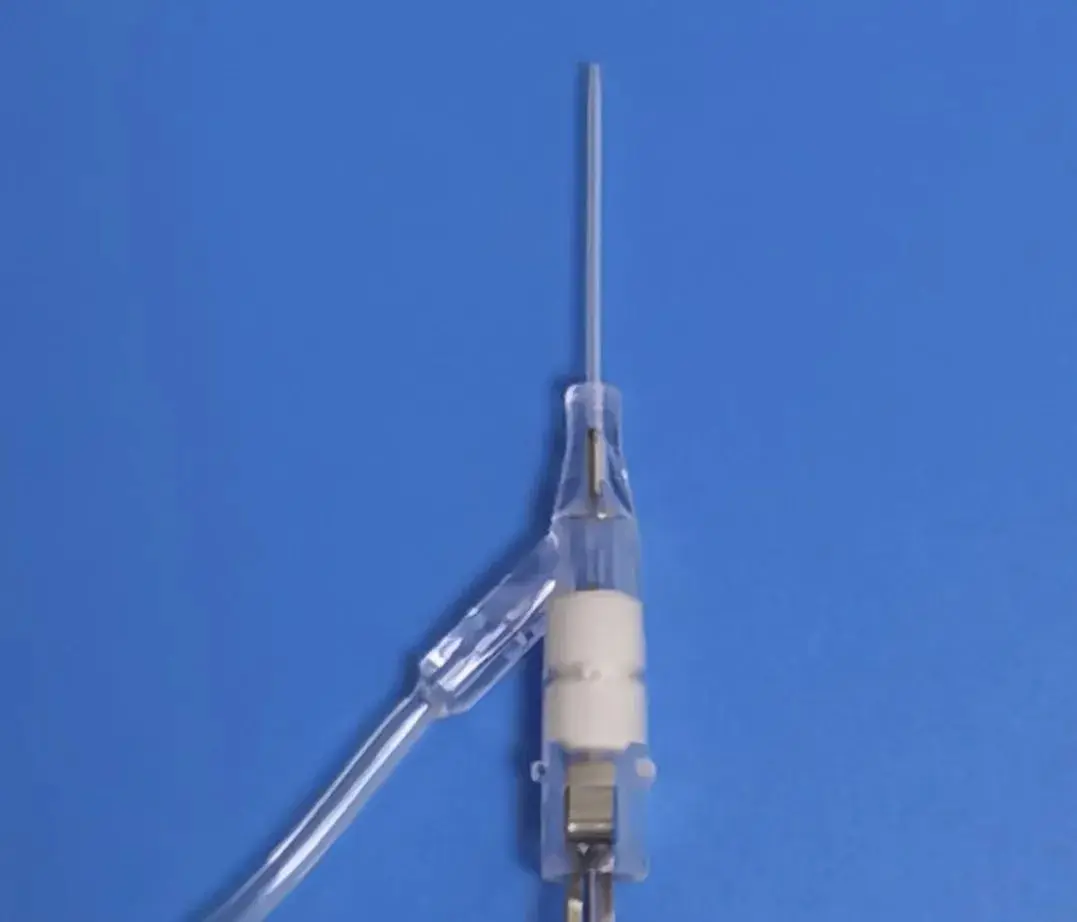 Single Use Intravenous Catheter Certification Test
Single Use Intravenous Catheter Certification Test
 Silicone Material Product Compliance Certification
Silicone Material Product Compliance Certification
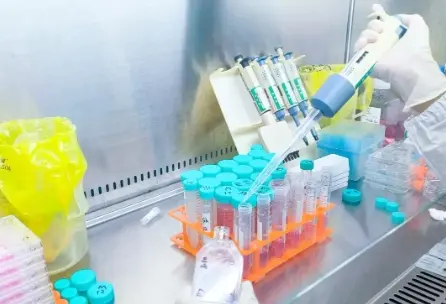 What to Do If Cytotoxicity Test Results Are Positi
What to Do If Cytotoxicity Test Results Are Positi
 ISO 10993:5 Cytotoxicity Testing Methods
ISO 10993:5 Cytotoxicity Testing Methods
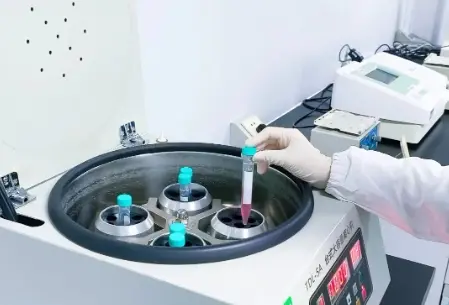 FDA ISO 10993-1 Biocompatibility Evaluation Guidel
FDA ISO 10993-1 Biocompatibility Evaluation Guidel
 In Vitro Cytotoxicity Testing for Medical Devices
In Vitro Cytotoxicity Testing for Medical Devices
Leave us a message
24-hour online customer service at any time to respond, so that you worry!




